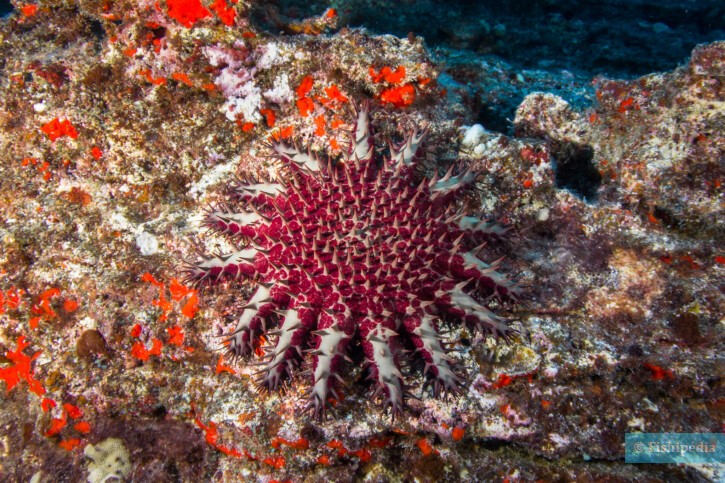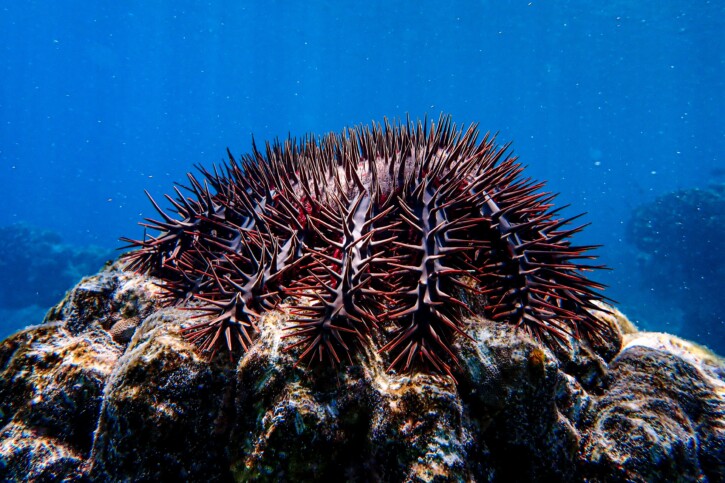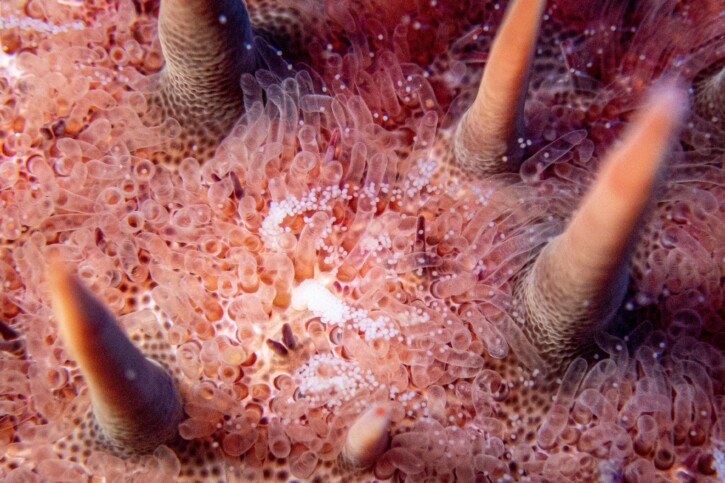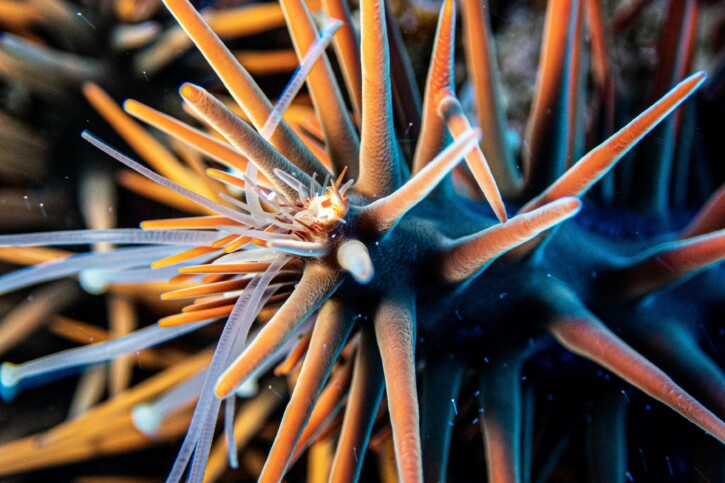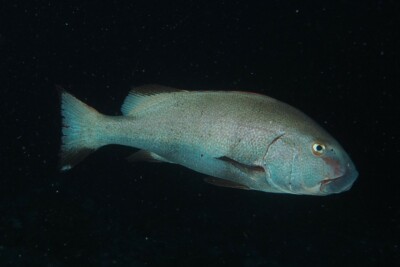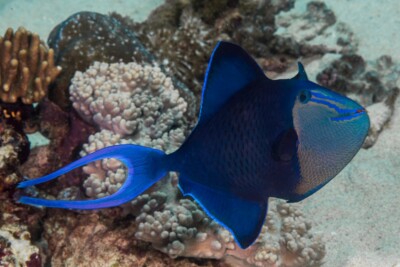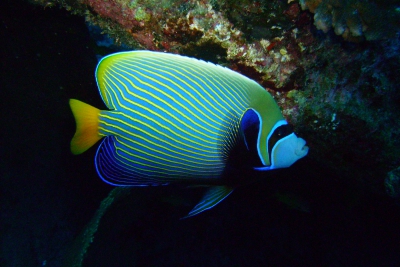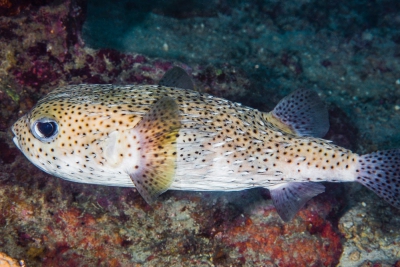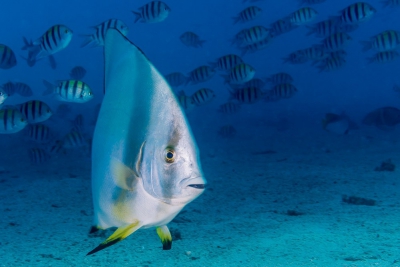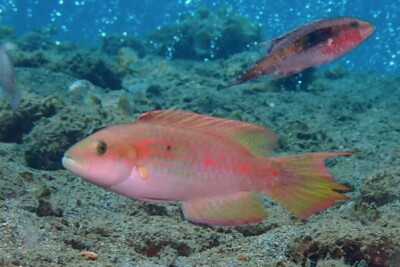Acanthaster planci
| Scientific name | Acanthaster planci |
|---|---|
| Descriptor | Linnaeus |
| Year of description | 1758 |
| IUCN category (World) | NE |
| Family | Acanthasteridae |
| Genus | Acanthaster |
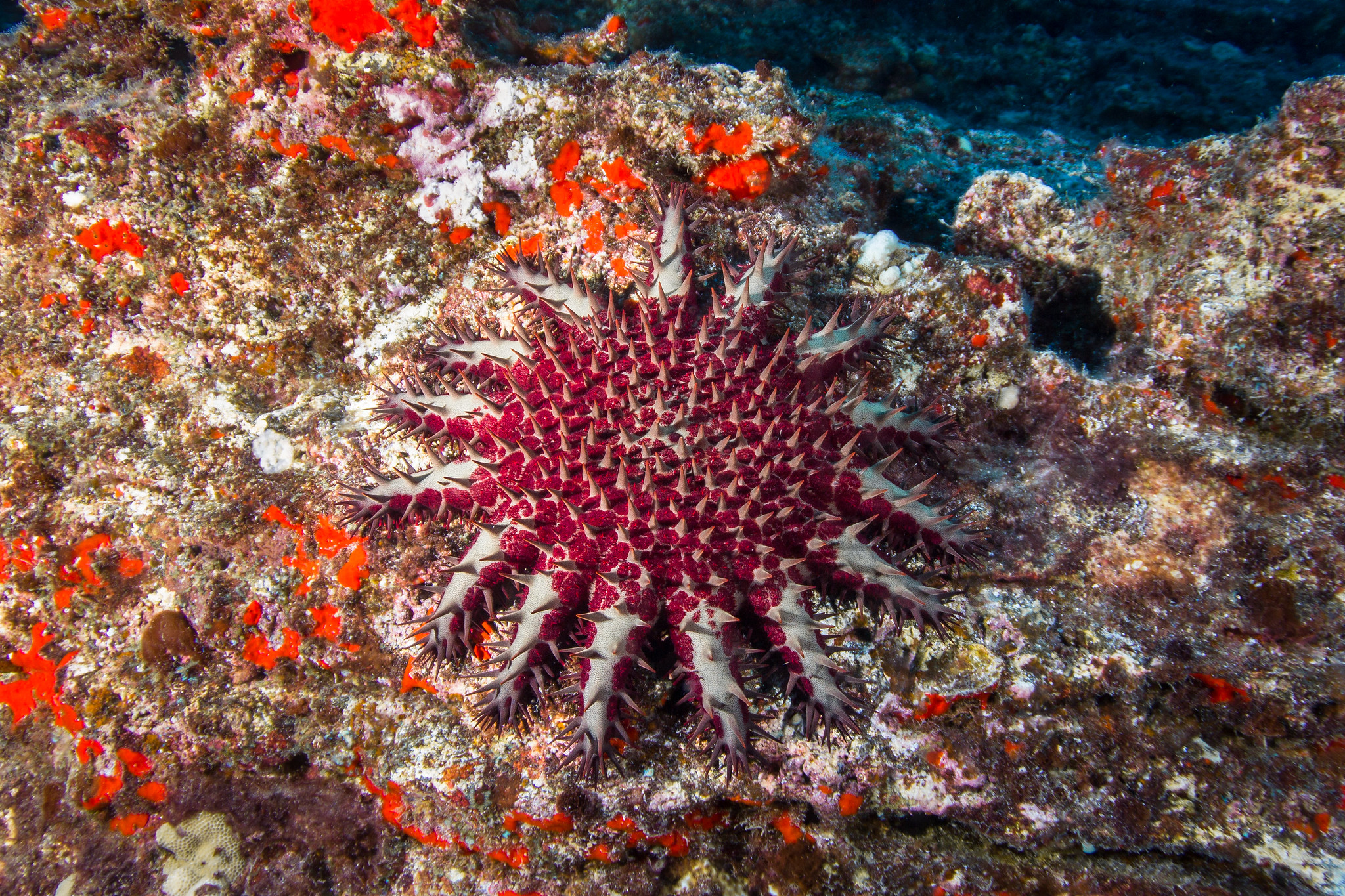

Introduction
Acanthaster planci is a salt water echinoderm.
This sheet is currently being prepared. The texts currently proposed come from our data model or are being drafted. To request priority for this content, you can write to us HERE.
Who is it?
Morphology
-
Size60 - 80 cm
-
Size60 - 80 cm
How to recognize This echinoderm ?
Acanthaster planci measures between 60 and 80 cm. This echinoderm is bicolore with a predominantly rouge, bleu, orange, blanc and violet body.
Behaviour & Life cycle
-
dietomnivorous with carnivorous tendency
-
Sociabilitysolitary
-
territorialNo
-
Way of livingdiurnal
Acanthaster planci is an echinoderm solitary naturally found on the bottom. This species is omnivorous with carnivorous tendency .
Although Acanthaster planci is non-territorial, it is sometimes aggressive towards other species.
Reproduction
-
Reproductionovipare
-
Active sexual selectionNo
Acanthaster planci is an echinoderm ovipare.
Harmless species
This species does not represent any particular threats to humans when encountered in its natural environment.
Origin and distribution
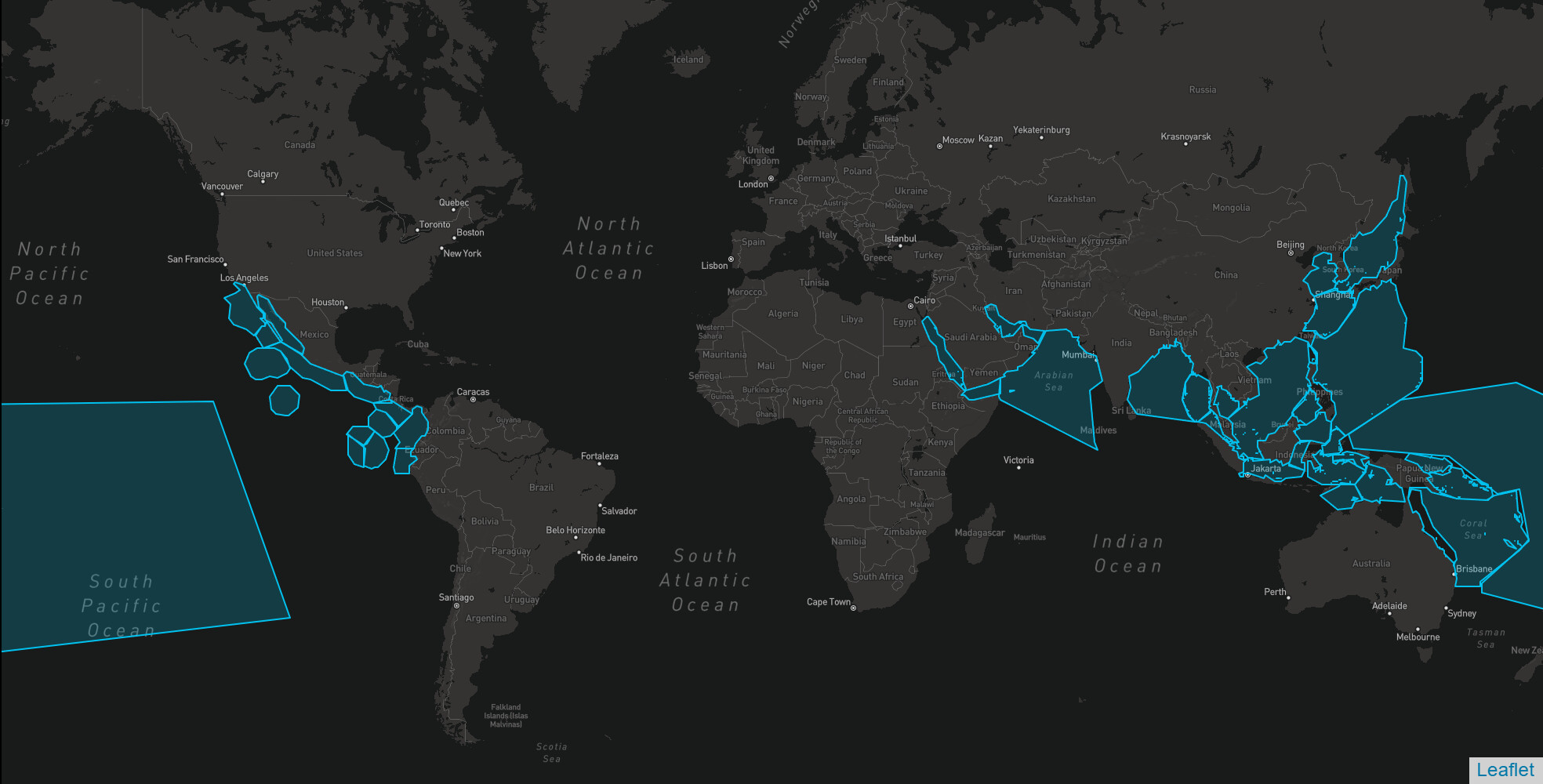
What is its habitat?
Natural environment characteristics
-
Temperature14 - 33 °C
-
Depth0 - 65 m
Biotope presentation
Acanthaster planci is most often found at a depth between 0m and 65m. However, it is not impossible to find this species at other depths.
Species of the same biotope
To go further
Sources & Contributions
Participation & Validation
The Fishipedia team and specialist contributors are committed to providing high-quality content. However, although the information comes from scientific sources or testimonials from specialists, the cards may contain inaccuracies.

Benoit Chartrer
Translation
Translation done with the valuable contribution of our translators, who make this information available to a wider audience. We sincerely thank them for their commitment.
Scientific partners
Tags
#Acanthasteridae
#Acanthaster
#barrière de corail
#fonds rocheux
#Bay of Bengal
#Persian Gulf
#Great Barrier Reef
#mer d'Oman
#East China Sea
#Philippine Sea
#Sea of Japan
#Red Sea
#South East Asian Seas
#Indonesian seas
#Galapagos
#Océan Pacifique Nord Est Tempere Chaud
#Tropical Eastern Pacific
#Western Tropical Pacific Ocean
#Mauritius
#Réunion
#French Polynesia
Species of the same biotope
